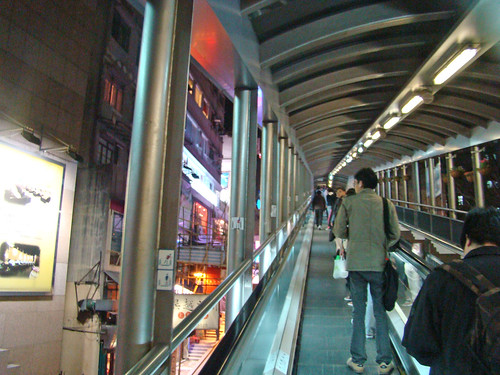

Each week we will be focusing on blogs from around the world dealing specifically with urban environments. We’ll be on the lookout for websites outside the country that approach themes related to urban experiences and issues.
– – – – – – – – – – – – – – – – – – – – – –
• Since July of last year Petaluma California has been known as “the city without planners”. The decision to dissolve the official planning department in favour of private consulting firm Metropolitan Planning Group (M-Group), put the city of 60, 000 in the headlines. The Architect’s Newspaper looks at the private planning experiment in Petaluma, and its consequences for a city.
• The devastating and tragic earthquake in Haiti has left as many as 200,000 dead and Port-au-Prince in ruins. Mark MacKinnon, of the Globe & Mail, looks at what can be done to rebuild the city’s destroyed urban infrastructure.
• For background on Haiti and Port-au-Prince check out Hector Fernando’s recent post on the Polis Blog. Fernando reminds us of the global social and political factors that have shaped Haiti and have effected the lives of its residents over the past 50 years. Looking into the future Fernando predicts “this crisis, playing out across national boundaries but felt on the ground in the US, will reshape the face of this transnational metropolis for years to come.”
• In preparation for the upcoming Olympics, Vancouver has officially opened North America’s first sewage energy centre. According to the Vancouver Sun, the $30 million False Creek Energy Centre, will “create enough heat and hot water for the Olympic Village” as well as for “thousands of new homes and businesses in southeast False Creek”.
• The number of stray dogs in Moscow is so abundant that they have seamlessly integrated into urban life. Susanne Sternthal of the Financial Times observed Moscow’s urban strays on a recent trip to the Russian capital, recounting “you would see [a dog] waiting on a metro platform. When the train pulled up, the dog would step in, scramble up to lie on a seat or sit on the floor if the carriage was crowded, and then exit a few stops later.”
• Cities around the world have begun to see the internet as key piece of public infrastructure. An article from Government Technology examines the challenge a city faces when implementing a public wireless network.
• A feature on BBC this week looks at Hong Kong’s innovative integration of escalators and moving sidewalks into the city’s transit infrastructure. Installed in 1993, the system connects neighborhoods and districts and has become a popular method of navigating the steep city streets.
photo of Hong Kong by alexkost
